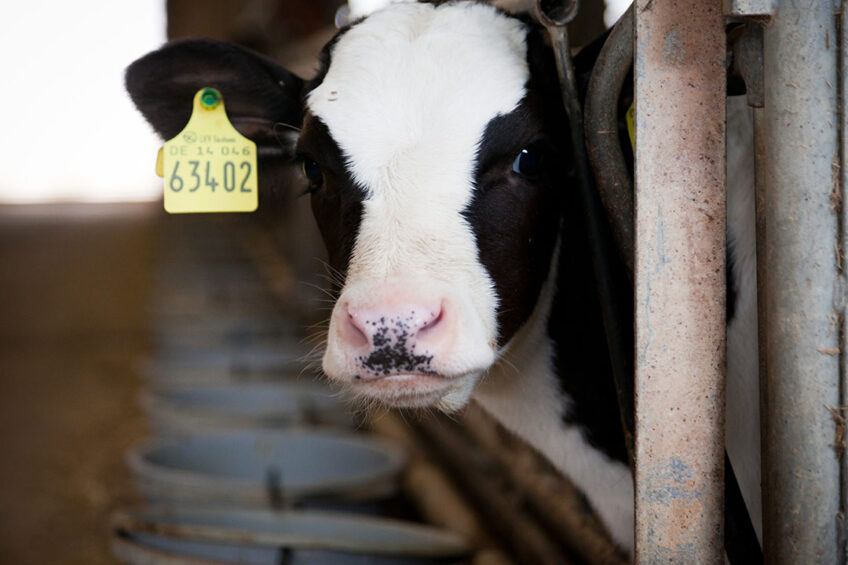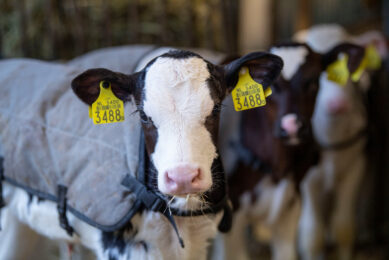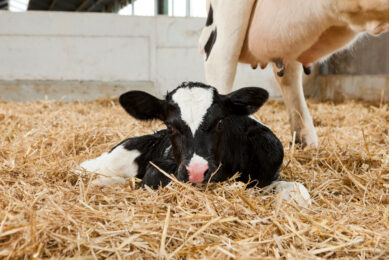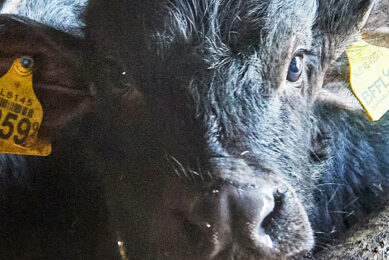Successful supply of dairy-bred cows in the spotlight

Monitoring the successful supply of dairy-bred cows has come under the spotlight as part of a project led by the Scottish Rural Agricultural College (SRUC).
The project explored the communication between different stakeholders in the initial link in the dairy-beef supply chain – an important element of the GB Dairy Calf Strategy – which aims to ensure all dairy-bred calves are reared with care and for a purpose, either through the dairy or beef supply chains.
Dairy-bred beef calves
Launched 2 years ago, the Strategy has led to an increasing number of beef cross calves being registered from the dairy herd.
Researchers interviewed a small selection of calf producers and rearers to examine the flow of information about calves between the parties. They also looked at the outlets being used to sell and purchase dairy-bred beef calves.
Of those interviewed, more than 80% were selling or purchasing calves directly farm-to-farm. But while discussions about background information relating to the dairy-bred beef calves was a key part of the sales, feedback was not always given about the subsequent health and performance of calves on the rearing unit.
Genetics in better performing calves
Of the calf producers who were receiving feedback, the majority had made some slight changes to their rearing practices and/or breeding strategy. Some of the calf rears have also started to investigate the genetics behind their better performing calves to encourage the use of specific beef sires.
Public opinion
All parties were aware of public concerns surrounding the fate of calves and the reputation of the diary industry. However, the calf producers were also aware of their own business reputation when selling dairy-bred beef calves, with nobody wanting to be seen as the supplier of ill-thriven calves or calves that caused repeated issues for the calf rearers.
‘Surplus calf’
Many disagreed with the use and connotations of the term ‘surplus calf’ – which is often used to refer to such calves – as it implies they are worthless, while for some they are seen as an additional income stream to the business.
David Bell, a Research Associate at SRUC’s Beef and Sheep Research Centre, said: “Although the views highlighted represent a small proportion of the sector, they indicate the awareness of both parties of the part they can play in the whole dairy-beef supply chain.
“While there is a need for additional mechanisms to enhance this further, the overall message coming from the interviews is the need for integration to succeed.”
The project was funded by the BBSRC (Biotechnology and Biological Sciences Research Council) and facilitated through AHDB (Agriculture and Horticulture Development Board).
Join 13,000+ subscribers
Subscribe to our newsletter to stay updated about all the need-to-know content in the dairy sector, two times a week.










